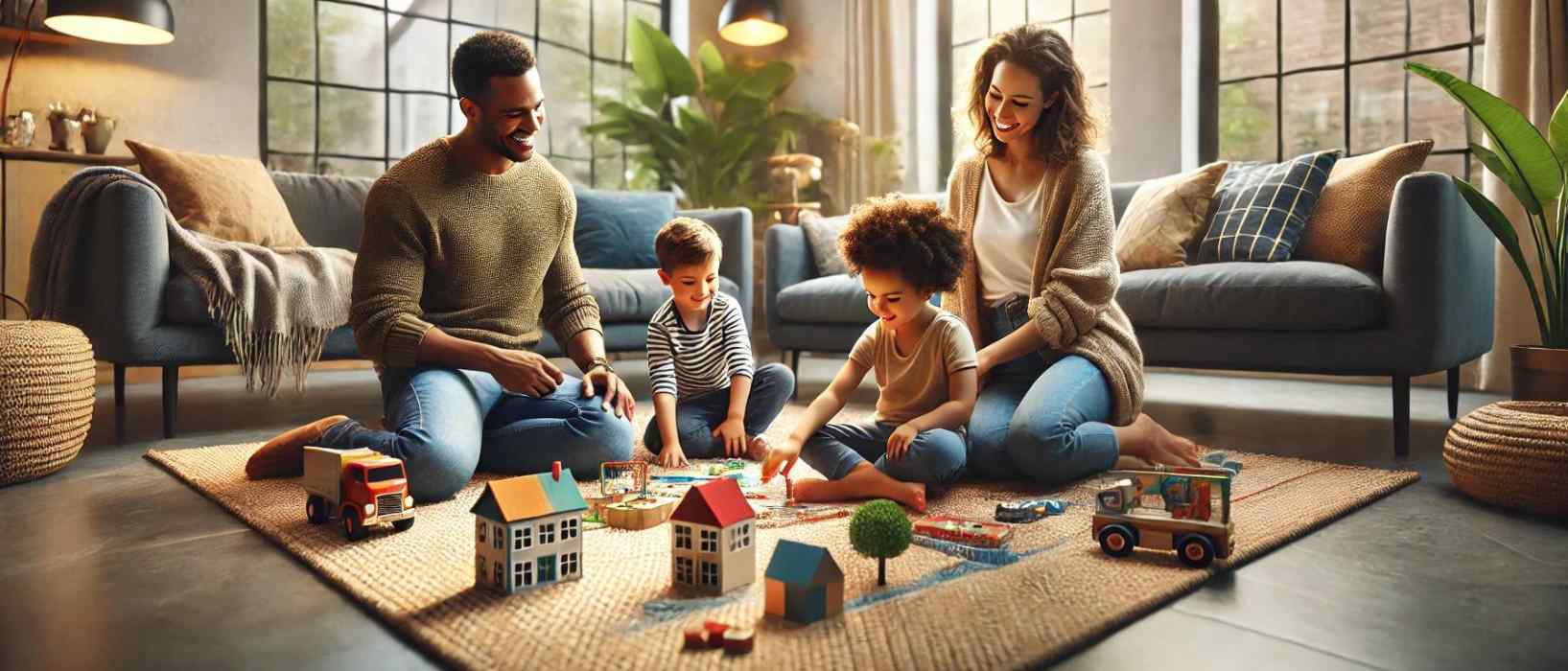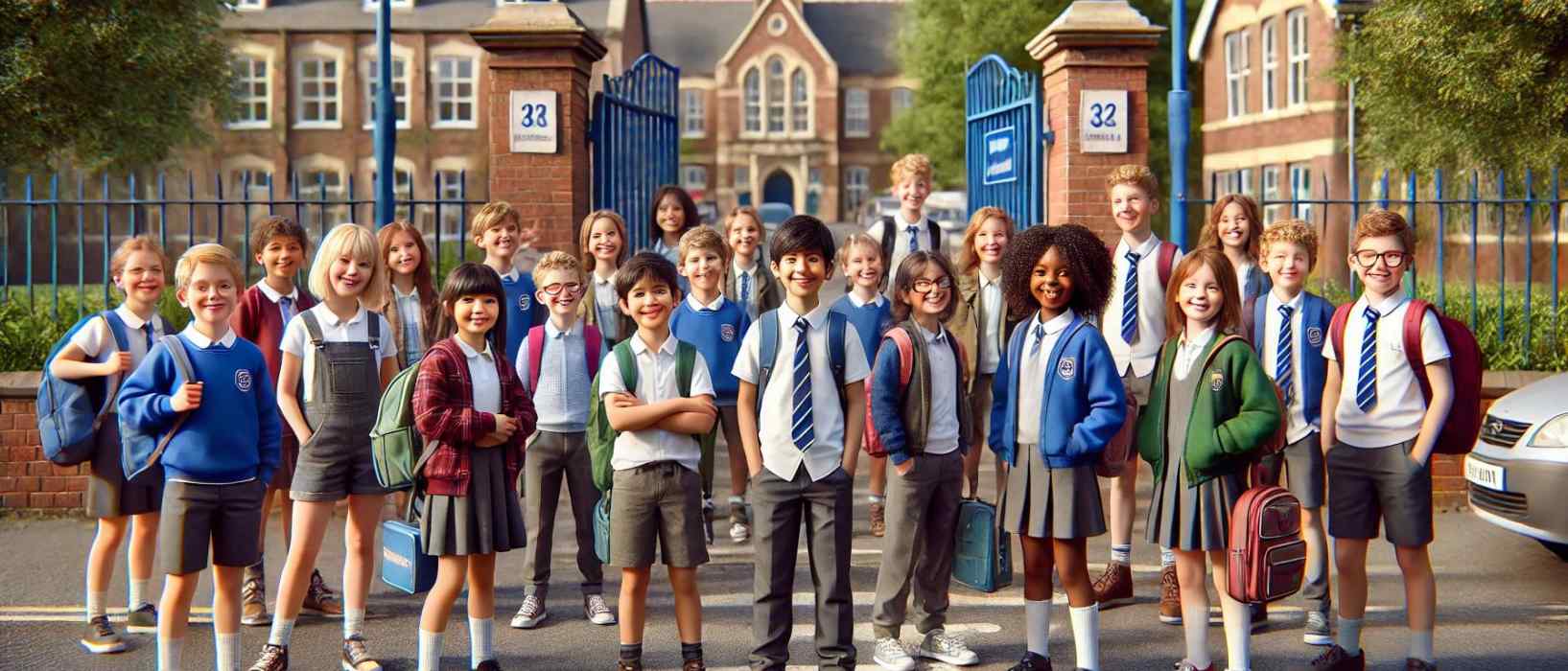
Sustainable Rucksacks: Introduction
As the new school year approaches, many parents are on the hunt for rucksacks for their children, but have you thought about buying a sustainable rucksack? Did you know that cheap or poorly made backpacks often end up in landfill after just one year?
This week’s Play It Green tip is all about sustainable rucksacks. Together, we’ll explore how choosing eco-friendly options can help reduce waste and ensure your kids are carrying the future on their backs.
Ready to make the switch to sustainable backpacks? Let’s dive in!
History of Rucksacks: From Military Gear to School Essentials
Rucksacks have a long and storied history, dating back to ancient times when soldiers and explorers needed a reliable way to carry their gear. The term “rucksack” comes from the German words “rucken,” meaning back, and “sack,” meaning bag. In the 19th century, rucksacks became essential for military use, with soldiers carrying supplies and equipment on their backs.
The first modern rucksack, with its iconic frame and shoulder straps, was designed in 1938 by Gerry Cunningham, an American outdoor enthusiast. By the mid-20th century, rucksacks had become popular among hikers and mountaineers. The design of rucksacks continued to evolve, with advancements in materials and ergonomic features.
In the 1980s, the trend of using rucksacks for everyday use, including school, took off. The first nylon backpacks appeared in the 1960s, revolutionising the market with their lightweight and durable properties. The 1970s saw the introduction of internal frame packs, providing better load distribution and comfort for outdoor activities. Today, rucksacks are a staple for students, professionals, and adventurers alike.

The shift towards sustainable materials and production methods is the latest evolution in the rucksack’s journey, reflecting our growing awareness of environmental impact. Brands now focus on using recycled materials, reducing waste, and creating long-lasting products to minimise their footprint. Read on to find out about the alarming environmental impact of non sustainable rucksacks!
Environmental Impact: The Cost of Non Sustainable Rucksacks
The environmental impact of cheap and poorly made rucksacks is significant. Many of these backpacks are made from synthetic materials like polyester and nylon, which are derived from petroleum. The production of these materials involves energy-intensive processes that release greenhouse gases and other pollutants into the atmosphere.
According to the US Environmental Protection Agency (EPA), the fashion industry, which includes backpacks, is responsible for 10% of global carbon emissions. In addition to the carbon footprint, the manufacturing process of synthetic materials often involves harmful chemicals that can leach into waterways and soil. Once these cheap rucksacks break down, which can happen after just a year of use, they often end up in landfills.
Synthetic materials can take hundreds of years to decompose, contributing to long-term environmental pollution. It’s estimated that over 85% of textiles, including rucksacks, are sent to landfills each year, amounting to 21 billion tons of waste. Furthermore, the fast fashion industry encourages a throwaway culture, where products are designed to be replaced frequently rather than repaired or reused.
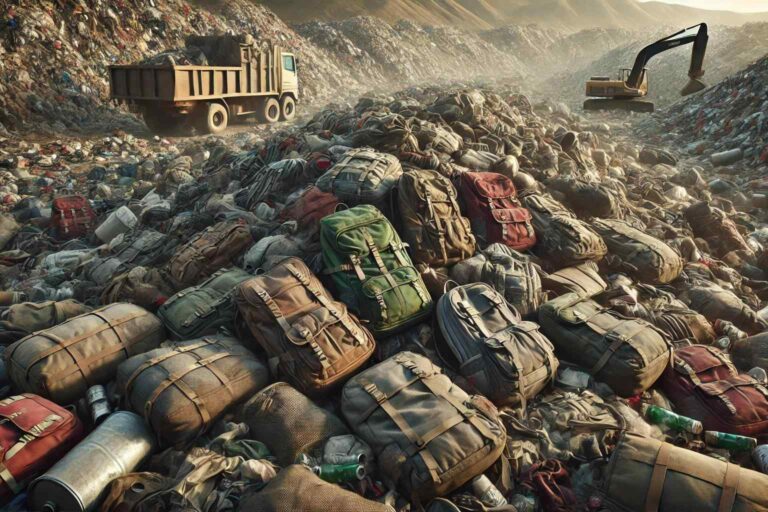
This not only wastes resources but also perpetuates a cycle of consumption and disposal that is unsustainable. By choosing durable, sustainably made rucksacks, we can help break this cycle and reduce our environmental impact. In our next section, you can find out what to look for when it comes to sustainable rucksacks!
What to Look for in a Sustainable Rucksack: Quality and Eco-Friendly Features
When shopping for a sustainable rucksack, it’s important to consider both the materials and the manufacturing process. Look for backpacks made from recycled or natural materials, such as organic cotton, hemp, or recycled polyester. These materials not only reduce the need for virgin resources but also minimise the environmental footprint of production.
Some brands even offer rucksacks made from innovative materials like recycled ocean plastic or plant-based textiles. Durability is another key factor. A well-made rucksack should last for several years, reducing the need for frequent replacements. Check for reinforced stitching, sturdy zippers, and comfortable, adjustable straps. A rucksack with a warranty or repair service is a good indicator of the brand’s commitment to longevity.
Consider the brand’s overall sustainability practices as well. Brands that prioritise ethical production, fair labour practices, and transparent supply chains are worth supporting. Certifications such as Global Organic Textile Standard (GOTS), Fair Trade, and bluesign® indicate high environmental and ethical standards. Additionally, look for brands that use minimal and recyclable packaging to further reduce waste.
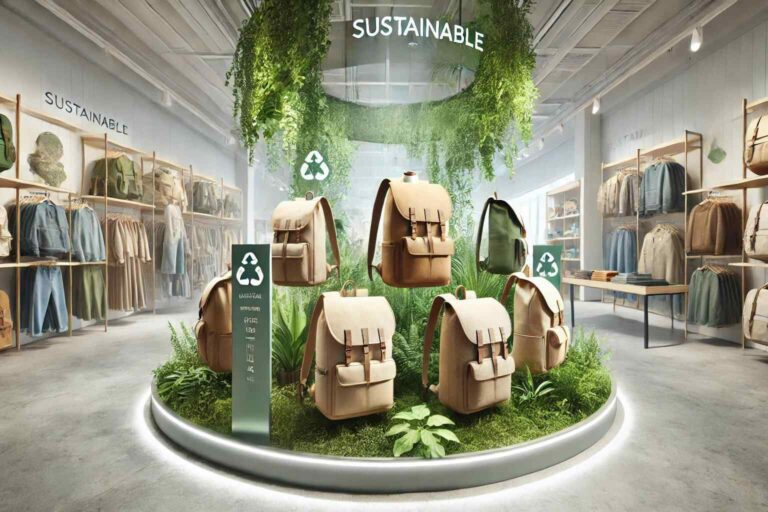
Lastly, think about the rucksack’s end-of-life plan. Some brands offer take-back programs or recycling options for their products. By choosing a rucksack with a sustainable lifecycle, you can ensure that your purchase supports a circular economy and reduces landfill waste.
Favourite Brands: Top Picks for Sustainable Rucksacks
Fjällräven
Our first brand, is known for their iconic Kånken backpacks, Fjällräven offers durable and eco-friendly rucksacks made from recycled and organic materials. Their commitment to sustainability includes ethical production practices and a focus on longevity. Fjällräven also participates in various environmental initiatives and promotes outdoor education.
Explore their range at Fjällräven.
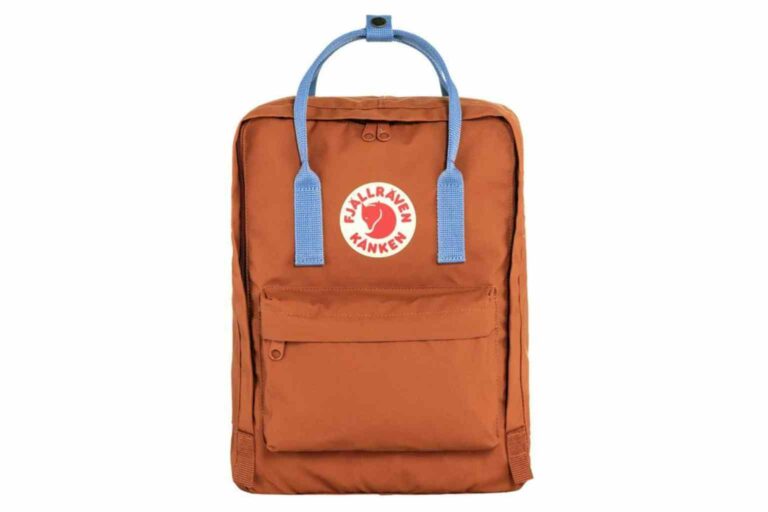
Patagonia
Our next brand, Patagonia is a leader in sustainable outdoor gear, including rucksacks. Their backpacks are made from recycled materials and designed for durability and repairability. Patagonia also supports environmental initiatives and advocates for sustainable practices. With a strong focus on ethical labour practices, Patagonia ensures their products are made responsibly.
Check out their collection at Patagonia and use code M4981416 at checkout for a 15% discount on your first order!
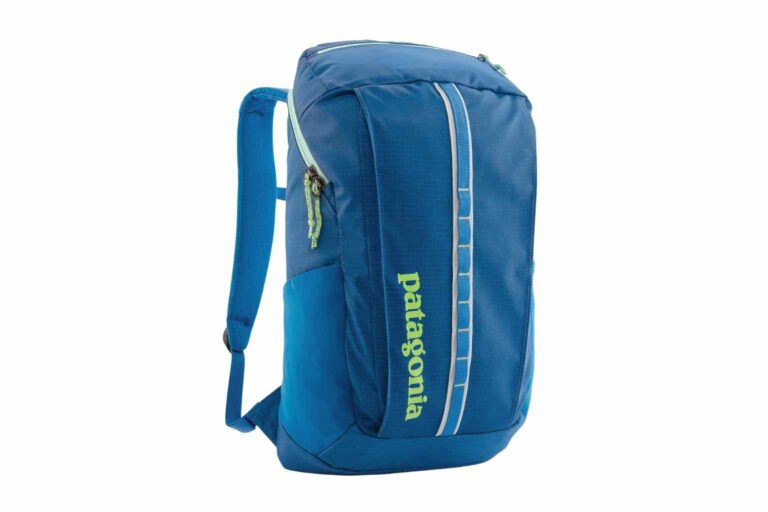
Terra Thread
Our final brand, Terra Thread offers ethically made, eco-friendly rucksacks crafted from organic cotton and recycled materials. Their backpacks are Fair Trade certified and come with a focus on sustainability and social impact. Terra Thread also donates a portion of their profits to environmental and social causes, making them a brand that truly gives back.
Discover their products at Terra Thread and use code WELCOME10 at checkout for 10% off your first order!
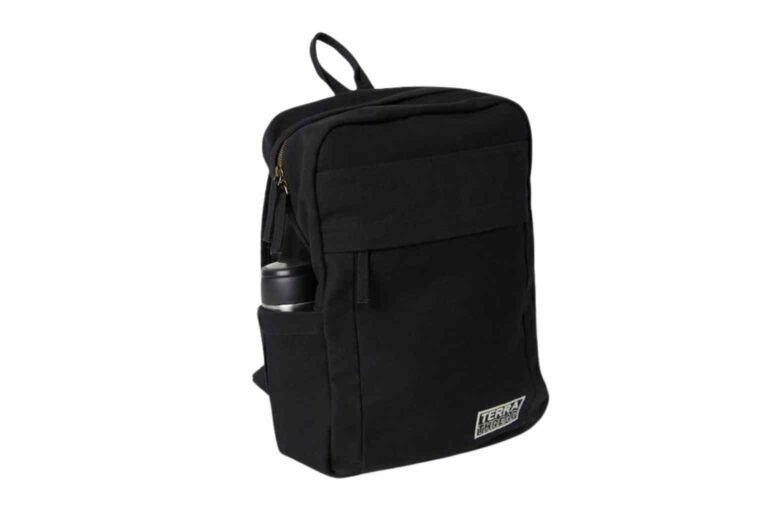
Sustainable Rucksacks Wrap Up: Pack It In, Sustainably
As the new school year begins, choosing a sustainable rucksack for your child is a smart and eco-friendly decision. Not only do these backpacks last longer, but they also help reduce environmental impact and support ethical practices.
By opting for high-quality, eco-friendly rucksacks, you’re making a positive change for both your family and the planet.
Let’s carry the future on our backs, one sustainable rucksack at a time. Happy back-to-school shopping!




